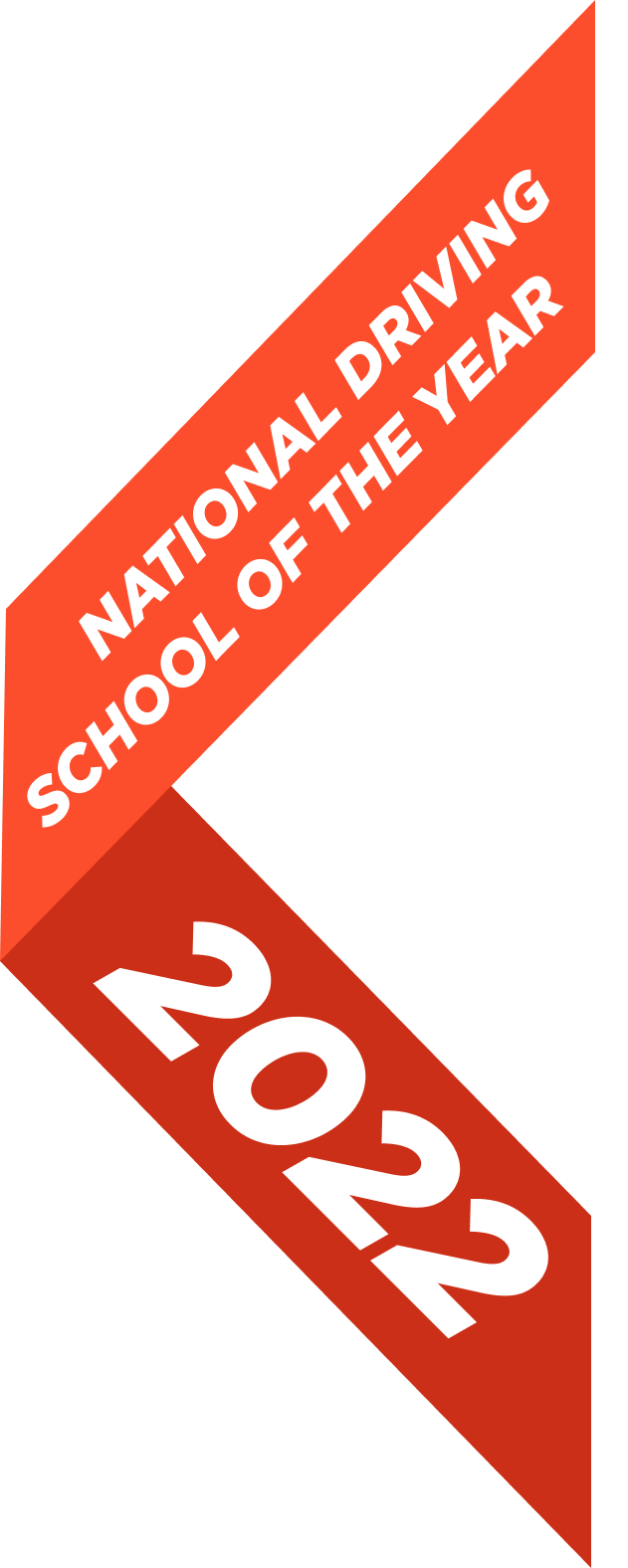Understanding your driving test results

Driving tests are made to be difficult and thoroughly test the driver’s skills, so you shouldn’t feel disheartened if you fail a driving test. In fact, you’ll be provided with some incredibly useful information at the end of your test; your driving test results.
Understanding these driving test results, including what was assessed and what has counted as a fault will allow you to understand which areas you need to improve on. By doing this, you’ll be able to prepare a lot more efficiently and target the areas which previously led to faults.
Understanding faults in each area
Hopefully your driving examiner will have covered some of your faults with you and you’re aware of what specific areas you can improve on. However, here is a list of some example faults within each area of testing.
Ancillary controls
- not turning on the windscreen wipers when it starts to rain
- losing control of the car when using one of the controls
- not using the demisters to clear the front windscreen when needed
Awareness and planning
- not anticipating or showing awareness of the actions of cyclists and other vulnerable road users
- not anticipating or showing awareness of other road users
- pulling up behind a queue of parked vehicles
- not anticipating that pedestrians are about to cross the road at any time
Clearance to obstructions
- being too close to a vehicle when passing, even though the road allows for more space
- moving back in too soon after passing the vehicle or hazard
Control
- over-steering when making a turn, and mounting the pavement
- keeping the clutch pedal held down (coasting) reducing your control of the car
- selecting the wrong gear causing a sudden reduction in your speed, forcing vehicles behind you to slow down
- pressing the brake too hard, or not hard enough
Controlled stop (emergency stop)
- reacting too slowly when asked to stop
- locking the wheels causing a skid, particularly for cars without an anti-lock braking system (ABS)
Following at a safe distance
- driving too close to the vehicle in front
- not adjusting your distance when there is bad weather, such as rain, ice or fog
Forward drive (drive forward into a parking bay)
- not being positioned within the lines, and not attempting to correct position
- steering too closely to vehicle in the next bay
- not making effective all round observations when reversing out
Judgement (overtaking, meeting, crossing)
- not giving way to road users that have priority
- reacting late when meeting an approaching vehicle
- being too close to a cyclist when overtaking
- crossing the path of an oncoming vehicle when turning right
Junctions (including roundabouts)
- incorrectly judging the speed of an oncoming vehicle, forcing it to slow down when emerging from a junction
- not checking for other road users when emerging from a slip road, onto a dual carriageway
- being positioned too far to the left when turning right onto a minor road, holding up vehicles behind you
- approaching a junction too fast, making it difficult to make observations
Move off
- trying to move off without appropriate control and rolling back
- not properly checking your blind spots
- moving off into the path of an oncoming vehicle
- repeatedly stalling when moving off throughout your test
Pedestrian crossing
- stopping on a crossing (not before)
- moving off before a pedestrian has completely cleared the crossing
- approaching a crossing too fast
- failing to stop at a crossing
Position and normal stops
- partially or completely blocking a driveway
- obstructing other road users
- parking with one or more wheels on the pavement
- parking too far from the kerb
Positioning
- driving too close to the pavement, putting pedestrians at risk
- driving too close to the centre of the road, putting other road users at risk
- driving for too long in the right hand lane of a dual carriageway, for no reason
- straddling lanes causing issues for other road users
Precautions
- starting the car with the gear not in neutral
- adjusting seat or mirrors while driving
Progress
- not emerging from a junction when it is safe to do so
- driving too slow unnecessarily, holding up following traffic
- driving well below the speed limit on clear roads
- waiting unnecessarily for another road user to pass who has clearly given way to you
Response to signs and signals
- taking up space meant for cyclists when stopping at a red traffic light
- reacting late or not at all to a speed limit change sign
- not stopping at a compulsory stop sign
- driving in a bus lane when sign says you should not
- driving in an incorrect lane that was clearly marked
Reverse park (parallel park or reverse into a parking bay)
- having to reposition the car a lot, due to poor control
- touching or driving over the pavement
- not taking all round effective observations
- not finishing within the marked bay
Reverse / right (pull up on the right)
- not being aware of a hazard or other road user when reversing
- relying on just the mirrors to check surroundings
- touching or driving onto the pavement
- not judging oncoming traffic safely when moving across to the right
- being too far from the pavement when parked
Signals
- signalling left or right, but not turning
- signalling right at a roundabout when you want to go ahead
- signalling too late for the signal to be effective
Use of mirrors
- checking mirrors after or at the same time as signalling
- changing lanes on a roundabout without checking your mirrors effectively
- trying to change lanes on a dual carriageway without checking your mirrors effectively
- pulling up at the side of the road without signalling to following traffic when appropriate
Use of speed
- driving over the speed limit
- not adjusting your speed to road conditions
Vehicle checks (‘show me, tell me’ questions)
- losing control of the car when answering the ‘show me’ question
- getting one or both questions wrong
For more detailed information on each of these areas, visit the GOV.UK site.
Tackling these areas with your driving instructor
Now that you have an idea of what faults you received and what areas you can improve on, you should share these with your driving instructor and talk through each of the areas.
Your driving instructor will be able to help tailor your lessons around these areas, making sure that you’re prepared and ready for your next driving test.
You can also ask your instructor to carry out some mock tests with these areas in mind. Once you’re ready, your driving instructor will let you know that you should rebook your driving test.
If you’re interested in finding out some more tips for passing your driving test, check out our guide on how to pass your driving test.




